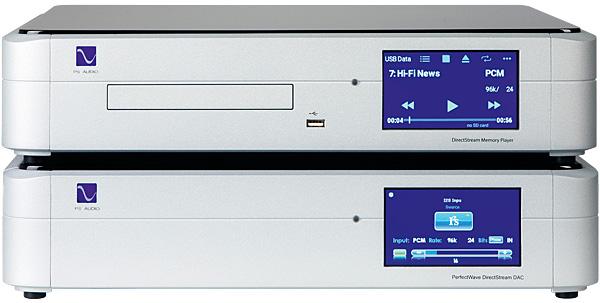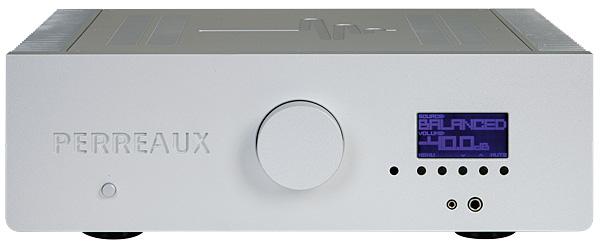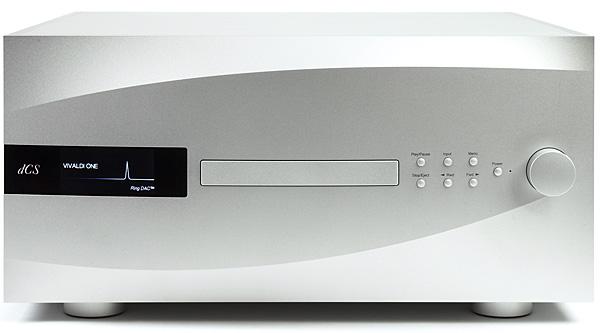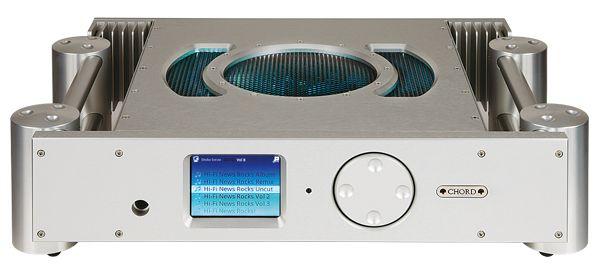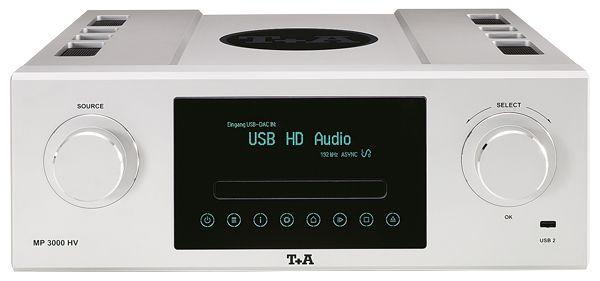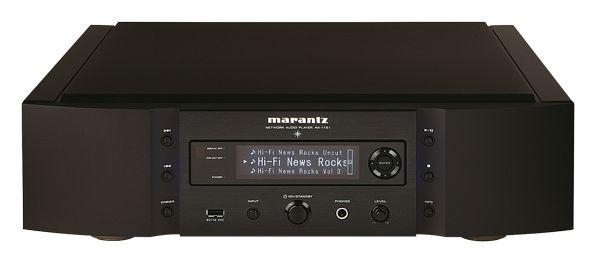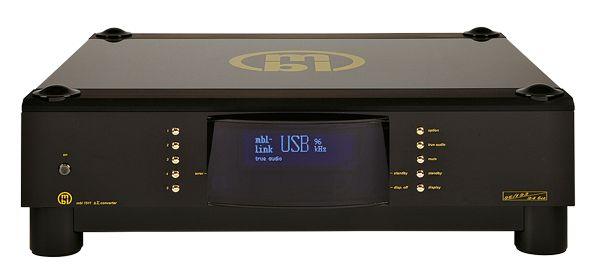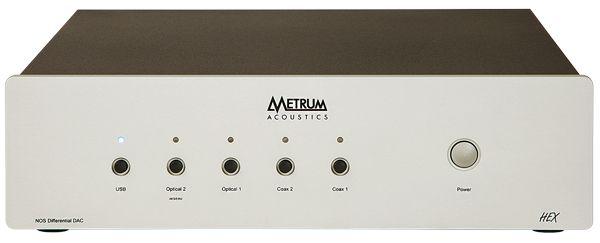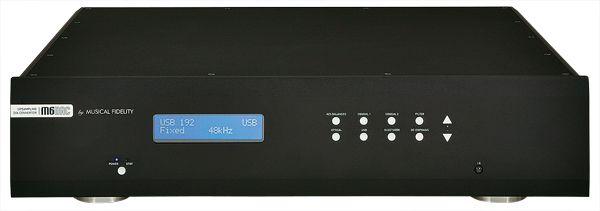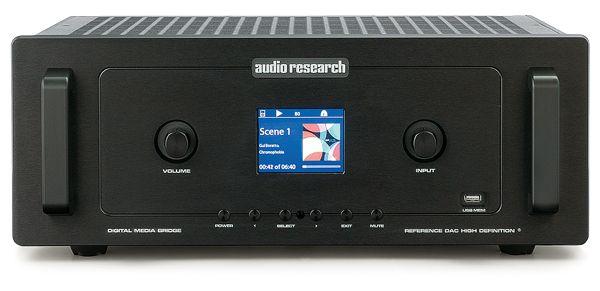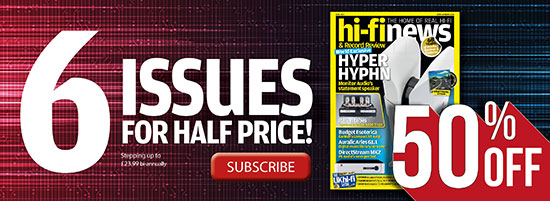Outboard DACs
Sort By: Post Date TitlePublish Date
|
May 01, 2018
|
Apr 01, 2018
|
Apr 01, 2018
|
Feb 01, 2018
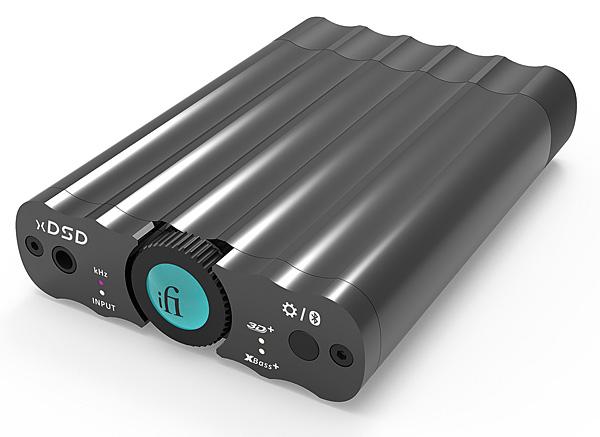
 With a more compact and elegant design, plus both wired and wireless connectivity, iFi Audio’s new top-of-the-range portable DAC/headphone amp seems to have it all
With a more compact and elegant design, plus both wired and wireless connectivity, iFi Audio’s new top-of-the-range portable DAC/headphone amp seems to have it all
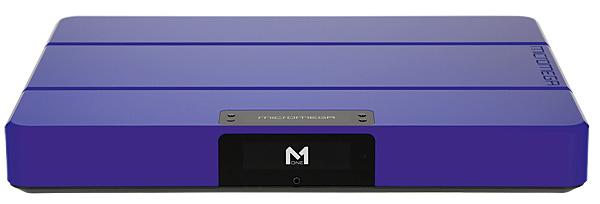
 This slimline amplifier from an established French brand may suggest another product from the same country, but it's a very different prospect with some unique features
This slimline amplifier from an established French brand may suggest another product from the same country, but it's a very different prospect with some unique features
